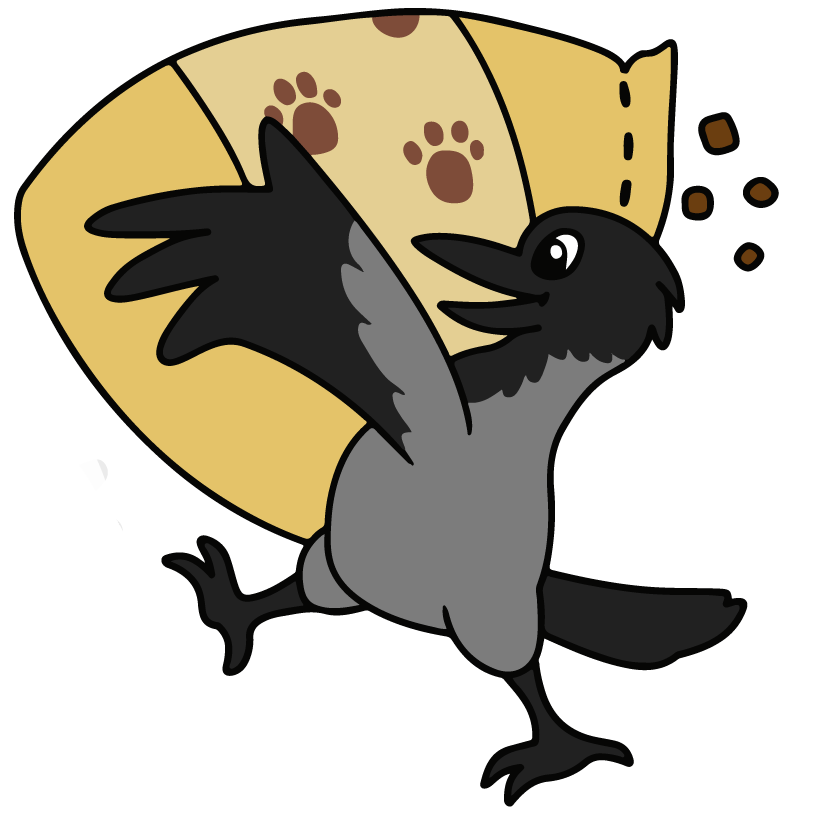Calming down is an important skill for any dog, but it is even more important to active dogs performing high intensity tasks such as agility, obedience, lure coursing and racing, you name it. Dogs that have to work and maintain high energy for long periods of time need to know how to relax when there is nothing to do. To many dogs this comes naturally, but sometimes a young, energetic dog has a tendency to maintain that tension when it's not really needed. Therefore I thought I could give out some tips I myself have found useful when trying to teach a young, dominant, high energy dog to calm down and relax. |
Mistä on kyse?Koko elämänsä koiria harrastaneen raakaruokintafriikin ajatuksia, pohdintoja ja elämää koiralauman kanssa. Seuraa meitä
Päivitämme säännöllisen epäsäännöllisesti myös Facebookiin.
Historia
June 2022
Kategoriat
All
|


